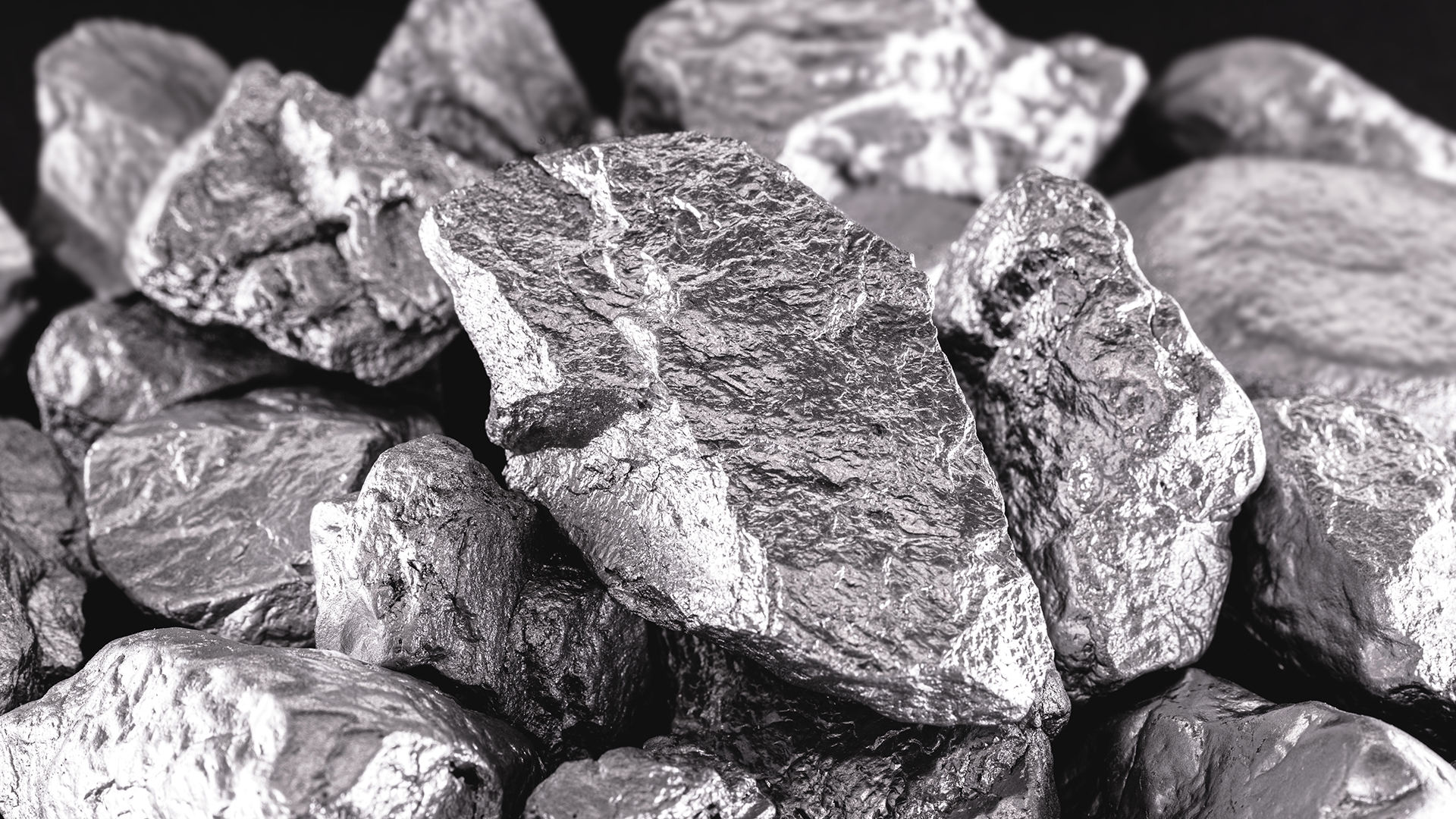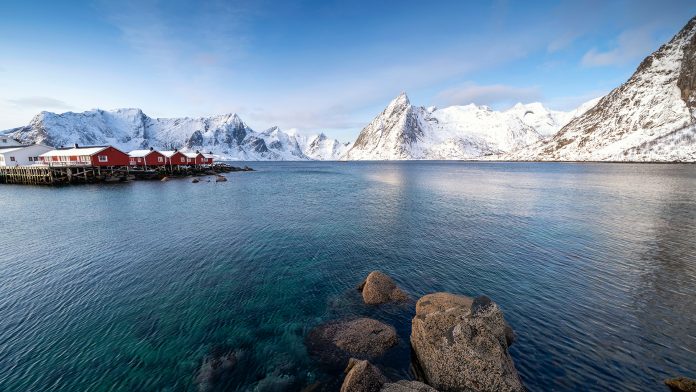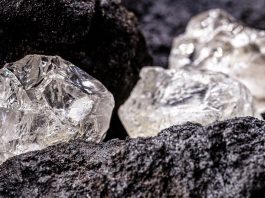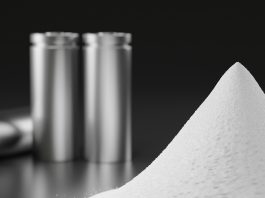A resource assessment performed by the Norwegian Petroleum Directorate (NPD) has discovered substantial critical mineral deposits in the Norwegian seabed – potentially enough to satisfy the global demand for many years.
The assessment was assigned to NPD by the Ministry of Petroleum and Energy (MPE). The endeavour has revealed substantial critical mineral deposits on the seabed of the Norwegian shelf, including copper, zinc, lithium, cobalt, and rare earth elements (REEs) that will be essential for ramping up the production of green technologies.
MPE is responsible for the stewardship of seabed minerals, and this report is part of the opening process for exploring these mineral deposits.
Kjersti Dahle, Director, Technology, Analysis and Coexistence, commented: “The NPD has built up expertise over many years, in part through a number of expeditions. We’ve mapped relevant areas, collected data and taken large volumes of mineral samples.
“In this resource assessment, we’ve estimated how much of the various minerals might be found on the seabed in the studied area. Going forward, we will continue to reinforce the source data and the way we evaluate these resources.”
Why are critical minerals key to the green transition?
The transition to a net zero future will require an influx of critical minerals, as they are vital components in electric vehicles (EVS), wind turbines, and other sustainable technologies that will help decarbonise the planet. However, identifying sufficient mineral deposits to satisfy the growing demand is challenging.

To overcome this, the NPD has been collecting, managing, and making data from the Norwegian shelf accessible to explore its potential. They have collated data in the deepwater areas in the Norwegian Sea and the Greenland Sea in cooperation with the University of Bergen (UiB) since 2011.
Additionally, NPD has completed four expeditions between 2018 and 2021 in which high-resolution seabed data was collected on the most exciting mineral deposits. Drilling operations and mineral sample collections were also performed, with their resulting data forming the basis of this resource assessment.
Dahle added: “We have extensive experience in mapping the subsurface and assessing petroleum resources. I’m glad that with our expertise, we can also contribute to identifying resources that could be important in the energy transition.”
A closer look at the Norwegian shelf’s composition
Norway’s seabed hosts three main types of mineral deposits – manganese nodules, manganese crusts, and sulphides. All of these mineral deposits contain multiple metals and are located at considerable sea depths ranging from 1,500 to 6,000 metres. Manganese crusts and sulphides have been located on the Norwegian shelf at depths of around 3,000 metres.
The expected values for the sulphides’ total resources include the following:
- 38 million tonnes of copper;
- 45 million tonnes of zinc;
- 2,317 tonnes of gold;
- 85,000 tonnes of silver; and
- One million tonnes of cobalt.
The area for manganese crusts is estimated to exceed 8,500 square kilometres of the study area. The expected value for total resources are:
- 3.1 million tonnes of cobalt;
- 230,000 tonnes of lithium;
- 24 million tonnes of magnesium;
- 8.4 million tonnes of titanium;
- 1.9 million tonnes of vanadium;
- 185 million tonnes of manganese;
- 19,000 tonnes of gallium;
- 73,000 tonnes of niobium;
- 15,000 tonnes of hafnium; and
- 80,000 tonnes of tungsten.
Rare earth element volumes are significant
- 56,000 tonnes of scandium;
- 300,000 tonnes of yttrium;
- 370,000 tonnes of lanthanum;
- 1.7 million tonnes of cerium;
- 100,000 tonnes of praseodymium;
- 420,000 tonnes of neodymium;
- 23,000 tonnes of europium;
- 100,000 tonnes of gadolinium;
- 15,000 tonnes of terbium; and
- 86,000 tonnes of dysprosium.

Dahle said: “Of the metals found on the seabed in the study area, magnesium, niobium, cobalt and rare earth minerals are found on the European Commission’s list of critical minerals. Costly, rare minerals such as neodymium and dysprosium are extremely important for magnets in wind turbines and the engines in electric vehicles.”
What are the next stages of seabed exploration?
The NPD’s resource assessment for seabed mineral deposits provides robust estimates of resources that have been proven or are expected to be present. In order to confirm that these mineral resources are obtainable and can be recovered with minimal environmental impact, further seabed investigations will need to be conducted and technological solutions innovated to further recovery methods.
Nevertheless, the discovery of the seabed mineral deposits could be instrumental in safeguarding global supply chains for the materials, with international organisations, such as the IEA and IRENA, highlighting the significance of cultivating these precious metals.









